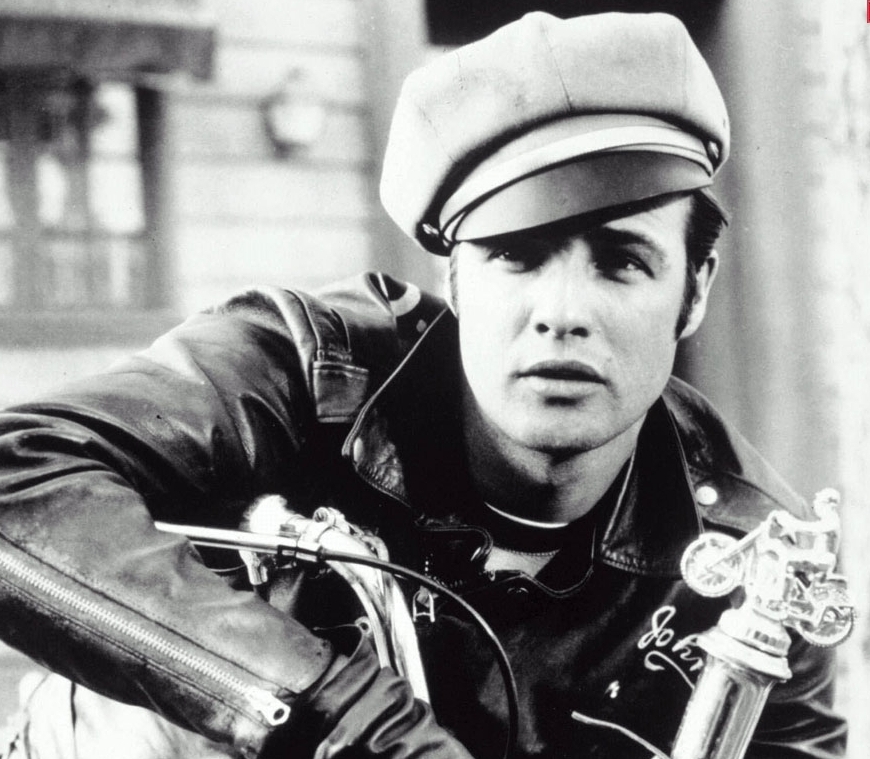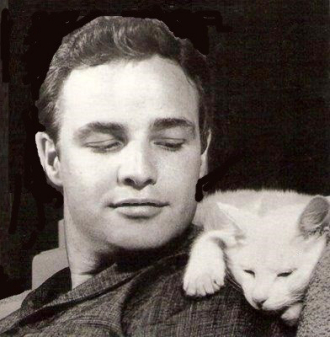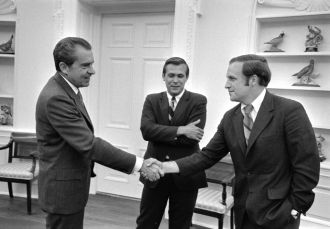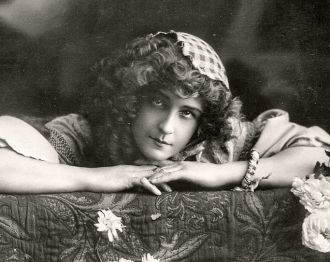Marlon Brando
Marlon Brando, Jr. may be best known to the current generation as the Godfather but earlier in his career he was as hot as James Dean. He began his career in summer stock, moving on to Broadway (A Streetcar Named Desire . . . Stella!!) and then onto movies.
Although his private life seemed to be troubled, his screen roles were memorable - "I coulda been a contenda" and many other lines, as he delivered them, are a part of American lore now.
Although his private life seemed to be troubled, his screen roles were memorable - "I coulda been a contenda" and many other lines, as he delivered them, are a part of American lore now.
Date & Place:
in USA


 Kathy Pinna
Kathy Pinna 





